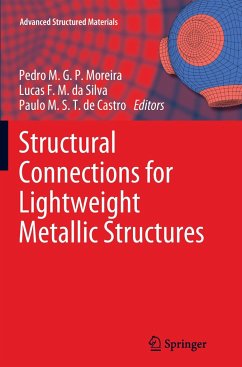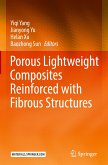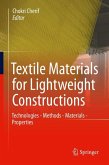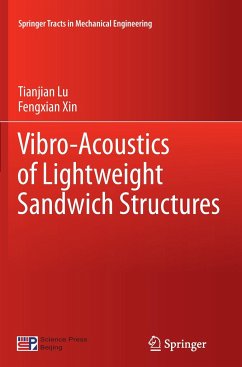Increasing concern with fuel consumption leads to widespread interest in lightweight structures for transportation vehicles. Several competing technologies are available for the structural connections of these structures, namely welding, mechanical fastening / riveting, and adhesive technologies. Arranged in a single volume, this work is to presents state-of-the-art discussions of those aspects and processes presenting greater novelty whilst simultaneously keeping wide applicability potential and interest. The topics chosen have the common feature of being of currently applied in lightweight structures, and one of the characteristics of this work is bringing together relevant state-of-the-art information usually presented in separate publications specializing in a single technology. The book provides discussions and examples of concrete applications, so that it appeals to researchers and designers and engineers involved in the design and fabrication of lightweight structures.








